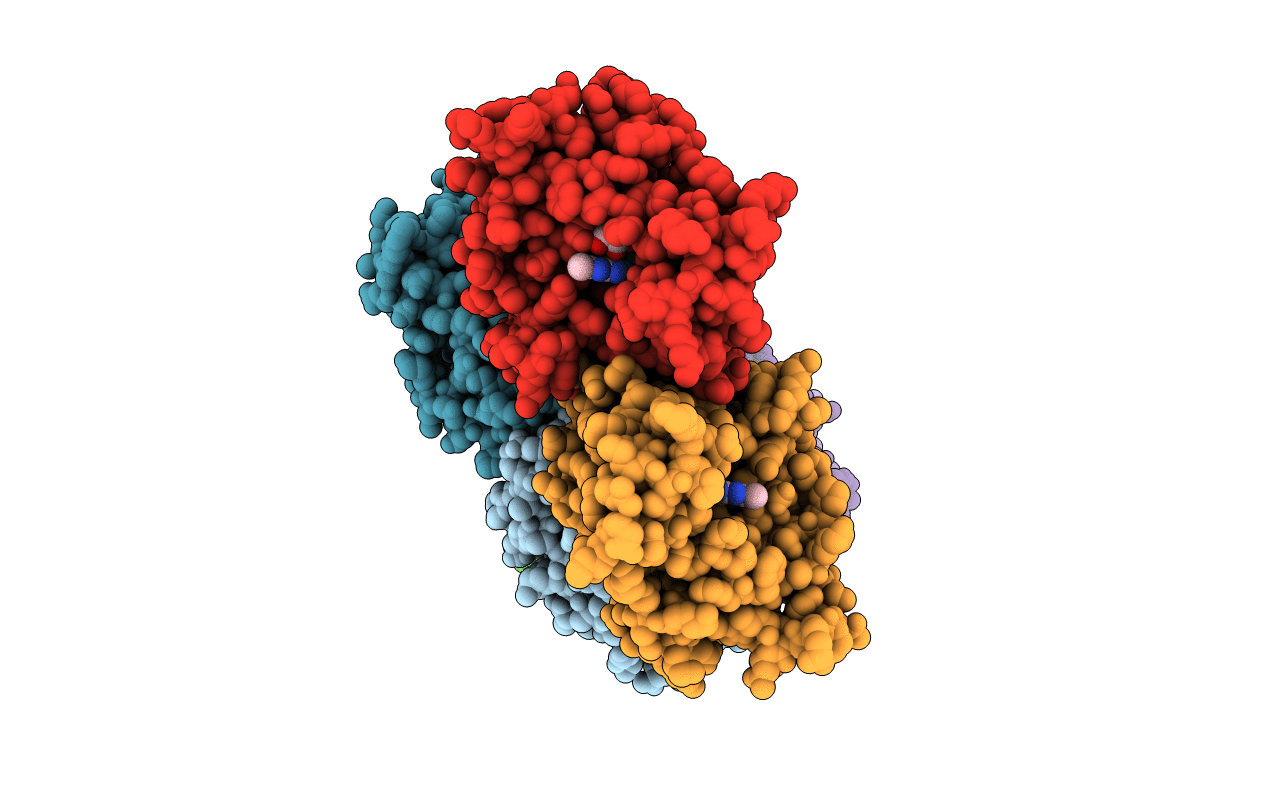
Deposition Date
2015-02-26
Release Date
2015-07-01
Last Version Date
2024-11-20
Entry Detail
PDB ID:
4YGF
Keywords:
Title:
Crystal structure of the complex of Helicobacter pylori alpha-Carbonic Anhydrase with acetazolamide
Biological Source:
Source Organism:
Helicobacter pylori (Taxon ID: 85962)
Host Organism:
Method Details:
Experimental Method:
Resolution:
2.00 Å
R-Value Free:
0.21
R-Value Work:
0.18
R-Value Observed:
0.19
Space Group:
P 1 21 1


